Honda Atlas Cars Pakistan has increased the car prices on account of hike in sales tax and devaluation of Pakistani Rupee against US Dollar. The revised prices of Honda vehicles are effective from February 18, 2023.
(more…)Tag: Honda
-
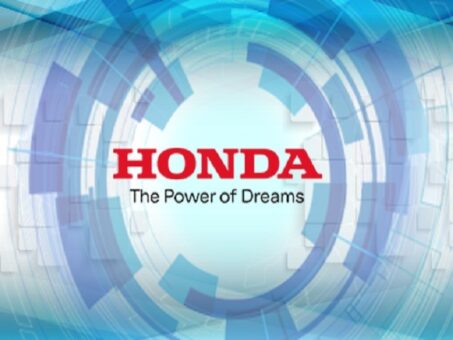
New prices of Honda motorcycles after sales tax rate increase
Atlas Honda on Wednesday announced new prices of motorcycles following increase in sales tax rate from 17 per cent to 18 per cent.
(more…) -

Atlas Honda brings PSL Contest with exciting prizes
Atlas Honda has announced to bring PSL Contest with exciting prizes through the lucky draw. The company said that there will be one lucky winner selected for the bumper prize at the end of contest.
(more…) -
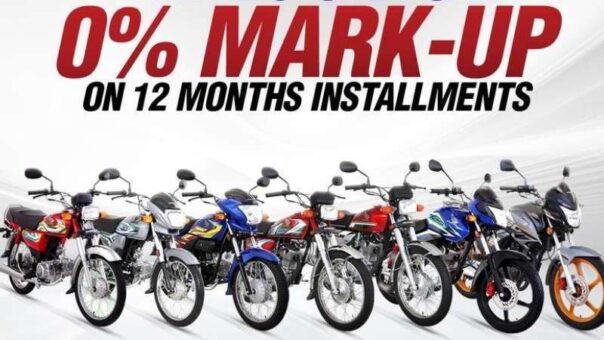
Honda offers zero per cent markup on motorcycle purchase
Atlas Honda is offering zero per cent markup on motorcycle purchase from Daraz store. The zero per cent markup is only available for twelve months instalments.
(more…) -
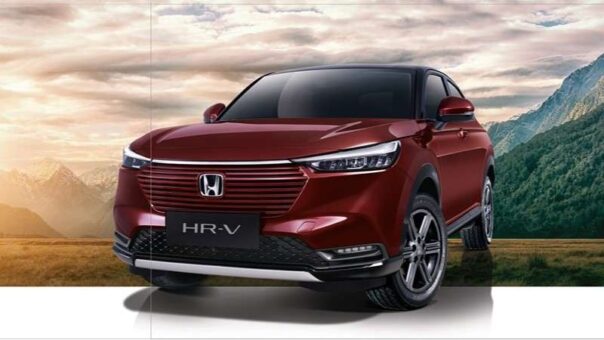
Price, specs of Honda HR-V in Pakistan
Honda HR-V was launched in Pakistan on October 21, 2023. The car is locally manufactured by Honda Atlas Cars Pakistan.
(more…) -
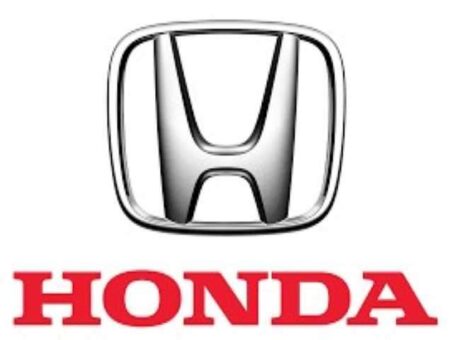
Honda Pakistan raises car prices amid volatile exchange rate
Honda Atlas Cars Pakistan announced to raise the car prices amid volatile exchange rate. The revised prices of Honda vehicles are effective from February 06, 2023.
(more…) -
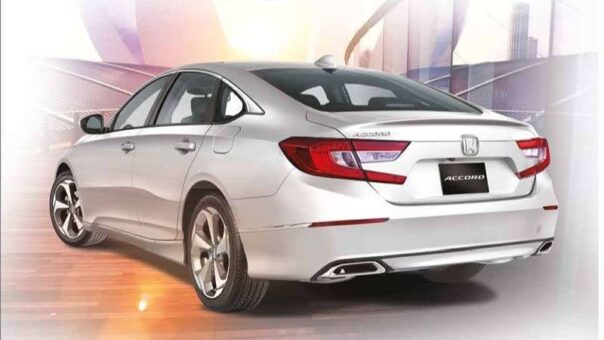
Price, specs of Honda Accord in Pakistan
Honda Accord 10th generation was launched in Pakistan on September 04, 2019. The car is manufactured by Honda Motors.
(more…) -
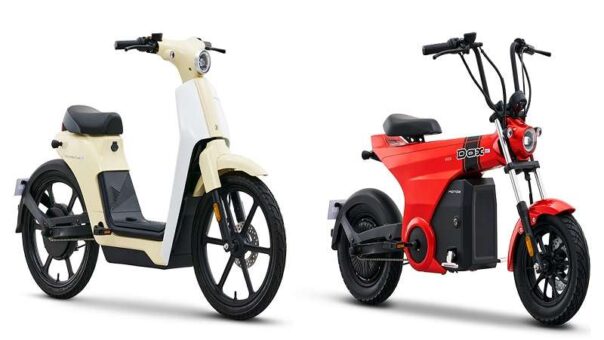
Honda to launch new electric bicycles
Honda announced today to launch three electric bicycles (EB) with stunning and bold look to facilitate youth of China.
The names of three Honda electric bicycle (EB) are Honda Cub e:, the Dax e:, and the ZOOMER e:. These bicycles have maximum speed of 25km/h or less.
The electric bicycles were inspired from Honda’s previous model released which are Super Cub, Dax, and ZOOMER.
READ MORE: Price, specs of BMW i7 in Pakistan
These three models are also the forerunners of Honda’s goal to introduce a total of more than 10 electric motorcycles globally by 2025.
The company said to provide customers with the joy and freedom of mobility in the electric motorcycle era, and offer new value-added products through electrification and intelligent technological improvements and innovations, bringing more enjoyment and experiences to consumers.
Electric bicycles have not become more than a means of transportation, but an important vehicle for sharing their lives and expressing themselves, which has led to a demand for more attractive and value-added models in its segment.
-
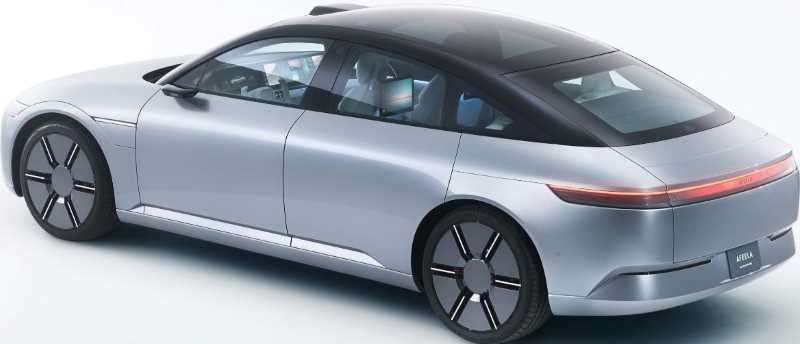
Sony Honda Mobility unveils new prototype
Sony Honda Mobility Inc. (SHM) unveiled new electric vehicle prototype under new brand namely “AFEELA”. The pre-orders of the electric vehicle are planned to begin in the first half of 2025 and sales by the end of 2025.
(more…) -
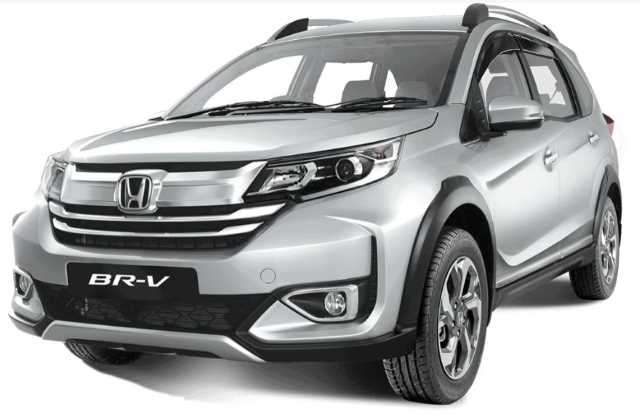
Price, specs of Honda BR-V 2022 in Pakistan
Honda BR-V 2022 was launched in Pakistan on March 05, 2022. The subcompact crossover SUV was introduced in 2017 which received updates in every launch of new model.
The ex-factory price of Honda BR-V 2022 is Rs5,299,000 for its variant of i-VTEC S.
Honda BR-V is introduced in variety of colors which include Carnelian Red, Urban Titanium, Taffeta White, Lunar Silver Metallic, Morning Mist Blue Metallic, Crystal Black Pearl and Meteoroid Gray Metallic.
Honda BRV 2022 is powered with a 1497cc 4-cylinder, engine which generates a maximum power of 88/6600 kW/rpm at a maximum torque of 145/4600 Nm/rpm.
The vehicle contains CVT transmission and has 4-cylinder engine of 1497cc. The 16 valve, SOHC i-VTech engine generates a maximum power of 88/6600 kW/rpm at a maximum torque of 145/4600 Nm/rpm.
Honda BRV has the fuel capacity of 42 liters. The mileage of the car is 11 km/l in the city and 15 km/l on the highway.
The front bumper with the modern grille is equipped with auto projector headlamps, daytime running lights (DRLs) and fog lamps.
The maintenance of the car is cost-effective because the spare parts are easily available in the market in lower prices.
The interior of the car is occupied with 7-inch display which supports the navigation system, smartphone connectivity and Bluetooth connectivity. The power outlet of the car only consumes 12V.
The car supports smart entry with push start button. Moreover, the electrically powered steering wheel contains audio control switches which is tilt-adjustable. The meter functions as a multi-function LCD which displays the driver’s information and Eco indicator.